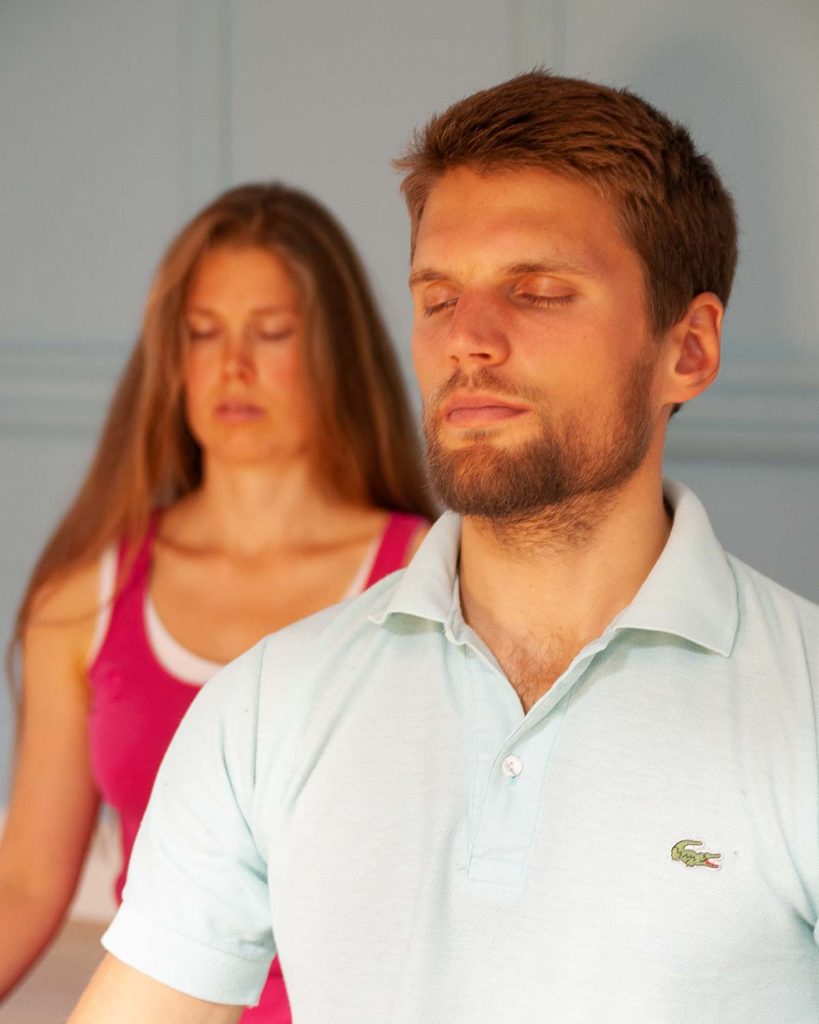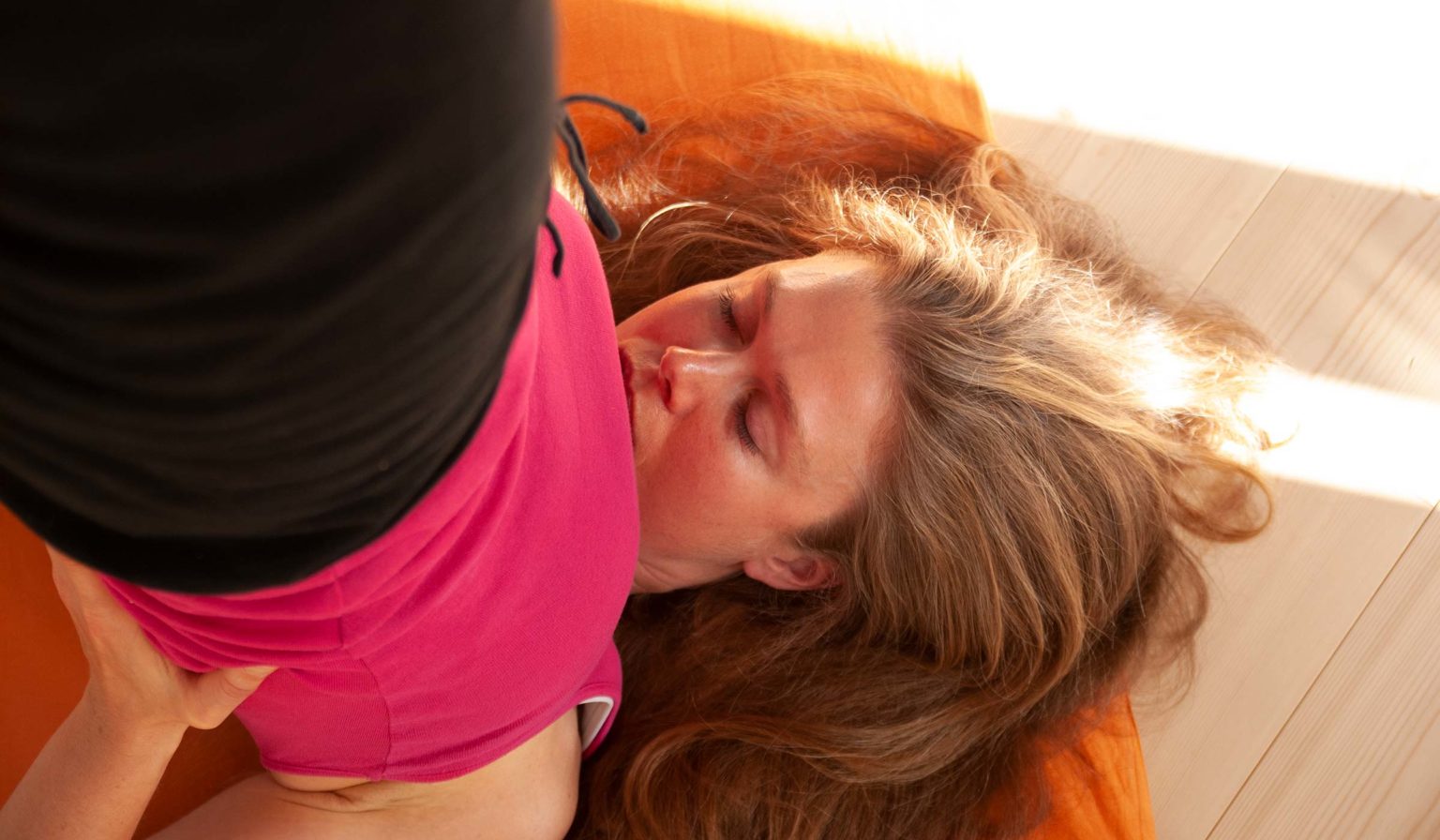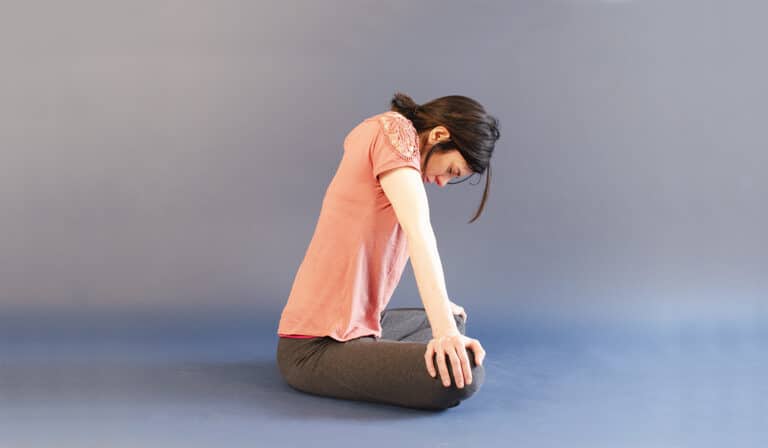Yoga poses are just a thin slice of what there is to yoga. Still, poses are the sole focus of most modern yoga styles. The widespread overfocus on posture is frustrating for any practitioner wishing to explore the deeper states within reach of yoga.
Though it might be challenging to find a yoga studio where you can get what you seek, nothing can stop you from getting started on your own.
In this article, I will explain how to combine yoga and meditation effectively. As a result, you will be able to trigger a more thorough physical healing, access profound mental relaxation and dissolve deep-seated psychic knots.
Meditation is an essential component of yoga
In the yoga tradition, there is a host of different meditation methods. There are concentration methods, meditative breathing methods, meditations based on visualisation, open awareness style meditations and meditations where you consciously circulate your prana in your energy channels. Since modern yoga is, for the most part, stripped of these methods, what you practice in your studio and what you read about in ancient scriptures can feel like two different worlds. And very often, they are. But you can join these worlds, and a few modern yoga styles have never separated them.
If you are reading this, chances are that you already have a postural practice. You might even have experience with meditation. That’s great! If you are happy with your current yoga method, you can bring what I am going to describe into your existing practice.
I will give you three different strategies for combining yoga and meditation. You can benefit from them separately or use them all.
So let’s get started looking at how to combine yoga and meditation.
Add a layer of meditation to your existing postural practice
Integrating meditation into your usual practice is the first of the three strategies I will give you. I am going to suggest two different ways to do it.
Practice with full awareness
The first thing to do is to turn your existing yoga practice into a meditation session. You can do this with both dynamic and static poses.
There are two fundamental elements to any meditation technique :
1. A metal device or anchor point
2. A passive attitude
The metal device is often the breath, awareness of your body or the mental repetition of a mantra. But the device can also be dynamic as in walking meditation, where the focus is on watchfully walking a set number of steps, over and over.
The next component, the passive attitude, is there to fully allow anything to arise in your mind without pushing it away or holding on to it. You don’t place any judgement on that which enters your mind or react to it in any way.
By making your postural practice your mental device and by scrupulously maintaining a passive attitude, your sequence of poses becomes a kind of meditation. Not as razor-sharp as a formal sitting session, but still a meditation.
Now, this does require willpower on your part and that you practice with utter attention and concentration. That means no scratching, fixing your outfit or hair. You need to be fully aware of every movement that is part of your practice and avoid any movement that isn’t.
Meditate in static poses that you hold for several minutes at a time
For static poses, you have another possibility. By staying in a pose for several minutes, or longer, you have the time to build up a strong focus in every pose. Not all modern yoga poses are suitable to stay in for a long time. For this type of practice choose classical poses such as sirsasana (headstand), sarvangasana (shoulder stand) halasana (the plough pose) or yoga mudra asana.
For static poses, I suggest three different ways of focusing.
1. Body awareness
Do this: Feel your body in the pose. Your whole body. Feel all the different parts of it simultaneously and stick with it. Your body is your meditation object.
2. Breath awareness
Do this: While in the pose, feel your natural breath. Follow your breath without influencing it. Feel how your body is spontaneously taking care of the breathing. In each pose, it will be different, and as your body adapts to each new posture, the breath will change. Experience the breath the way it is without controlling it. At all times, keep following the breath.
3. Concentrate on a chakra
Do this: When you have entered a pose and had some time to get used to it, feel the part of your body where the chakra related to that pose is located. Concentrate on this place. Feel it intensely. Feel any sensations arising in this place. Do not let go of it with your attention.
To build up enough focus, you need as minimum two-three minutes for each pose. With time you can gradually increase the duration and stay much longer.
That was the first strategy. Now let’s look at how you can combine yoga and meditation in a different way.
Compose long yoga sessions that include different kinds of yoga methods
In this section, I will describe how to combine yoga and meditation in long sessions. That is the second strategy.
There are many advantages to putting together a long sequence of yoga practices. The different elements will enhance and enrich each other and create synergies. You will enjoy the benefits unique to different techniques. And of course, the longer your practice session, the more time you have to go deep.
We make use of this strategy in my tradition, and that is the way I teach my online yoga sessions on Forceful Tranquility.
Here below, I give you some suggestions on how to compose a programme mixing meditation with yoga poses.
Meditate after your yoga poses
For beginners wanting to meditate, it is advantageous to sit down for meditation practice right after a series of poses. At this time, you will benefit from the increased calm obtained from your asana practice. Any agitation will have calmed down, and you will have increased your focus. Having prepared yourself with asana, you are more able to meditate and more receptive to the meditative state.
Try the following meditations after your yoga poses.
1. Ujjayi based meditation
Ujjayi pranayama is essential in advanced yoga. It consists of producing a light whispering sound in the throat while breathing. The breath in itself will deepen your state and charge you with energy.
I think that many teachers and contemporary styles teach Ujjayi too superficially. They introduce it as a course breath to go along with movements. Try Ujjayi as a meditation instead. Sit still, breathe slowly and deeply with a subtle whisper. Turn it into the deep method it can be.
It is vital to get Ujjayi right and to breathe at a proper rhythm. Otherwise, you could hyperventilate, which is both unpleasant and unnecessary. Read my complete guide to Ujjayi pranayama for details to learn how to master it.
To make the practice of Ujjayi even more poweful, add a meditative dimension to it.
Do this: While breathing in, feel that you are filling yourself with strength and energy. While breathing out, feel how you empty yourself of any fatigue, dark thoughts and heavy states and moods. Experience this process on every breath, as an energetic process.
2. Tratak
Tratak is a concentration technique. You do tratak by fixing your gaze on a fixed point. I exclusively use the flame of a candle. Ending a series of yoga poses with 20 minutes of tratak is an excellent option. To learn how to do it, read my complete guide to tratak.
3. Practice the alternate breath as a meditation
The alternate breath, nadi shodana pranayama is a marvellous yoga practice. If you practice it regularly you will be able to slow your breath down so that it becomes incredibly slow. Then the alternate breath becomes a meditation. Furthermore, it triggers a spontaneous meditative state that is a perfect springboard to even deeper states.
4. Practice open awareness meditation
Another type of meditation that is perfect after a sequence of yoga poses is open awareness meditation such as Antar Mauna, Mindfulness and Vipassana.
Meditation before yoga poses
In addition to ending with meditation, start with meditation as a prelude to your postures as well. Then you will bring the effects of the initial meditation with you into your practice of poses.
1. Tratak
Tratak can also be done before your postural practice and will add sharpness to the rest of your session.
2. Breath awareness
Why not keep it simple and stick to one of the most common meditation methods there are: breath awareness. Sit in a meditation pose and attentively follow your natural breath for 10 to 20 minutes before starting your practice.
3. Body awareness
You can perform body awareness by sitting in a meditation pose or lying down in savasana. You can either focus on your whole body simultaneously or move from part to part in a fixed order. Do this for 10 to 20 minutes.

Two possible combinations
Here below you will find two suggestions of combinations.
Programme 1.
- Tratak – 20 minutes
- Your usual sequence of poses done with full awareness
- Ujjayi pranayama – 20 minutes
Programme 2.
- Breath awareness – 20 minutes
- Static yoga poses with breath awareness
- Tratak – 20 minutes
Both of the above examples will deepen your practice considerably compared to practice focused solely on physical postures.
Practice meditation in parallel to your yoga poses
The third strategy that helps to solve the puzzle of how to combine yoga and meditation is to practice both separately.
There is no obligation to connect your meditation practice to your practice of yoga poses. They will in any way impact each other positively. You could, for example, practice yoga poses in the morning and meditate in the evening.
An advantage of practising in parallel is that you could get more time for each practice. Extended meditation sittings might be challenging to combine with long asana sequences if you have a busy schedule.
How to combine yoga and meditation the way I do it
In this article, I have described how to mix yoga and meditation. I hope you already have a picture of how to use this knowledge with your current practice.
In my teaching and practice, I embrace all three strategies described. However, I integrate an even broader palette of often-overlooked yoga techniques. If you wish to discover how I teach yoga combined with meditation in long sessions, I invite you to test the sessions available for the members on this website.




